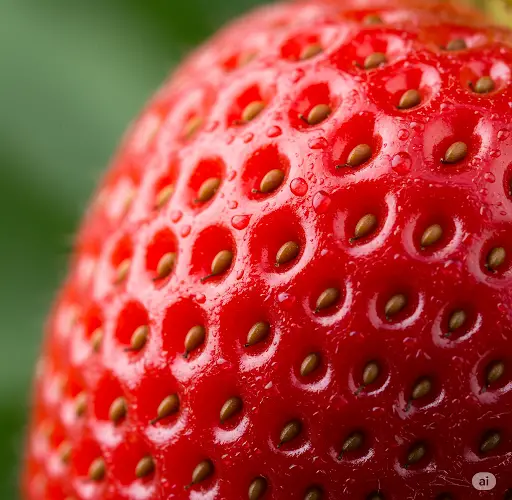There’s nothing quite like harvesting sun-ripened strawberries straight from your garden. But what if you could multiply your plants and get even more of these sweet, juicy fruits each season—without spending extra on new seedlings? The good news is, you can. Propagating strawberries is simple, cost-effective, and gives you the chance to expand your berry patch year after year.
Whether you’re a beginner or an experienced gardener, learning how to propagate strawberries is one of the most rewarding gardening skills to master. Let’s explore the best methods to do just that.
Understanding Strawberry Types
Before you begin propagating, it’s helpful to know which type of strawberry you’re growing. There are three main types:
-
June-bearing: Produce one large harvest in early summer. These send out the most runners, making them ideal for propagation.
-
Everbearing: Produce two to three smaller harvests throughout the season.
-
Day-neutral: Produce fruit continuously through the growing season in suitable temperatures.
All strawberry types can be propagated, but June-bearing varieties are the most vigorous when it comes to sending out runners, which are the easiest method for growing new plants.
Method 1: Propagating from Runners (The Easiest and Most Popular)
Runners are long stems that grow out from the main plant, producing tiny clones called “daughter plants” at their tips. These naturally try to root in nearby soil and form new plants.
Here’s how to propagate using runners:
-
Identify strong runners: Choose runners with healthy-looking baby plants and a few small leaves already developed.
-
Let them root in place or use pots:
-
If growing in garden beds, pin the runner down into the soil with a U-shaped piece of wire or a small stone.
-
If growing in containers or you want to control spacing, place a small pot with fresh soil beneath the runner’s node and pin it in.
-
-
Wait for roots to form: In 2–4 weeks, the daughter plant will form roots and start growing on its own.
-
Cut the cord: Once the new plant is well-rooted and putting out new leaves, snip the runner stem connecting it to the mother plant.
-
Transplant if necessary: Move the new plant to a permanent spot if it was rooted in a container.
Best time to propagate with runners: Late summer to early autumn. This gives the new plant time to establish before winter.
Method 2: Dividing Mature Plants (Less Common, but Useful)
If your strawberry plants are a few years old and have grown into dense clumps, you can divide the crowns to create new plants. This method is best for everbearing or day-neutral varieties that don’t send many runners.
How to divide:
-
Lift the plant carefully in early spring or just after harvest.
-
Rinse the roots to make the crown visible.
-
Separate the crowns with a sharp knife, ensuring each division has its own healthy roots.
-
Replant divisions in fertile, well-drained soil and water thoroughly.
This method allows you to rejuvenate old plants and spread them more evenly across your garden.
Method 3: Starting from Seed (Challenging and Slow)
Growing strawberries from seed is possible, but it requires patience and attention. This method is mostly used for alpine strawberries or specialty varieties not available as plants.
To start from seed:
-
Chill the seeds in the refrigerator for 2–4 weeks to mimic winter conditions (stratification).
-
Sow seeds in trays of moist, seed-starting mix.
-
Keep them warm and lit, ideally using a grow light or bright windowsill.
-
Transplant seedlings once they develop several true leaves.
This method can take months, and the resulting plants might not be true to type if grown from hybrid seeds.
Tips for Strong, Productive Strawberry Plants
-
Choose sunny spots: Strawberries need at least 6–8 hours of direct sunlight daily.
-
Rotate plants every 3 years: Helps reduce disease buildup and keeps yields high.
-
Feed regularly: Apply a balanced organic fertilizer or compost in spring and after major harvests.
-
Mulch well: Straw mulch keeps berries clean, reduces weeds, and conserves moisture.
-
Remove excess runners: Too many can weaken the mother plant. Limit to 2–3 well-positioned daughters per plant.
Final Thoughts
Growing more strawberries doesn’t have to mean buying more plants. By using simple propagation techniques—especially rooting runners—you can expand your garden naturally and enjoy bigger harvests every season. With a bit of time and care, your strawberry patch can double or triple in size, all from the plants you already have.
So don’t toss those runners or ignore those overgrown clumps—turn them into future fruit!



